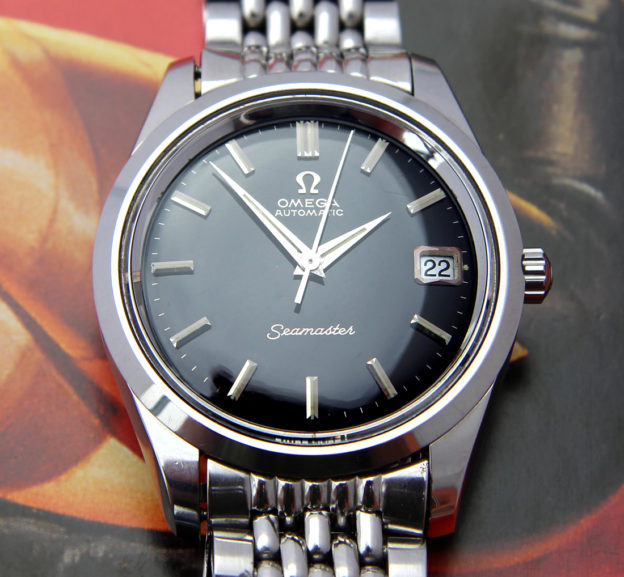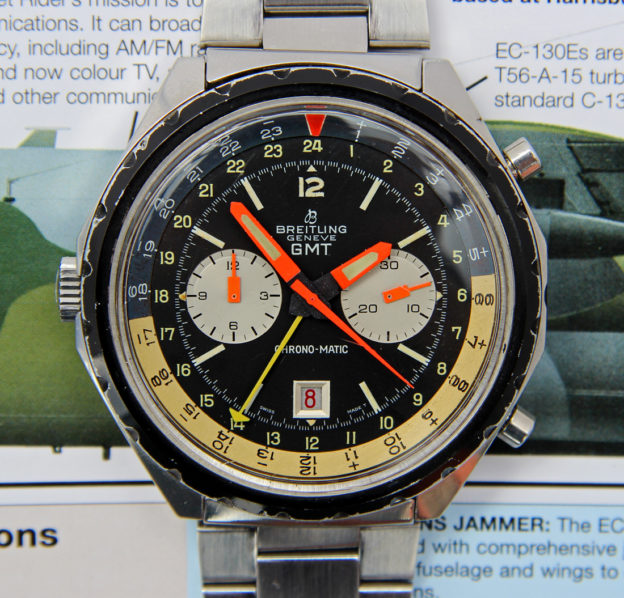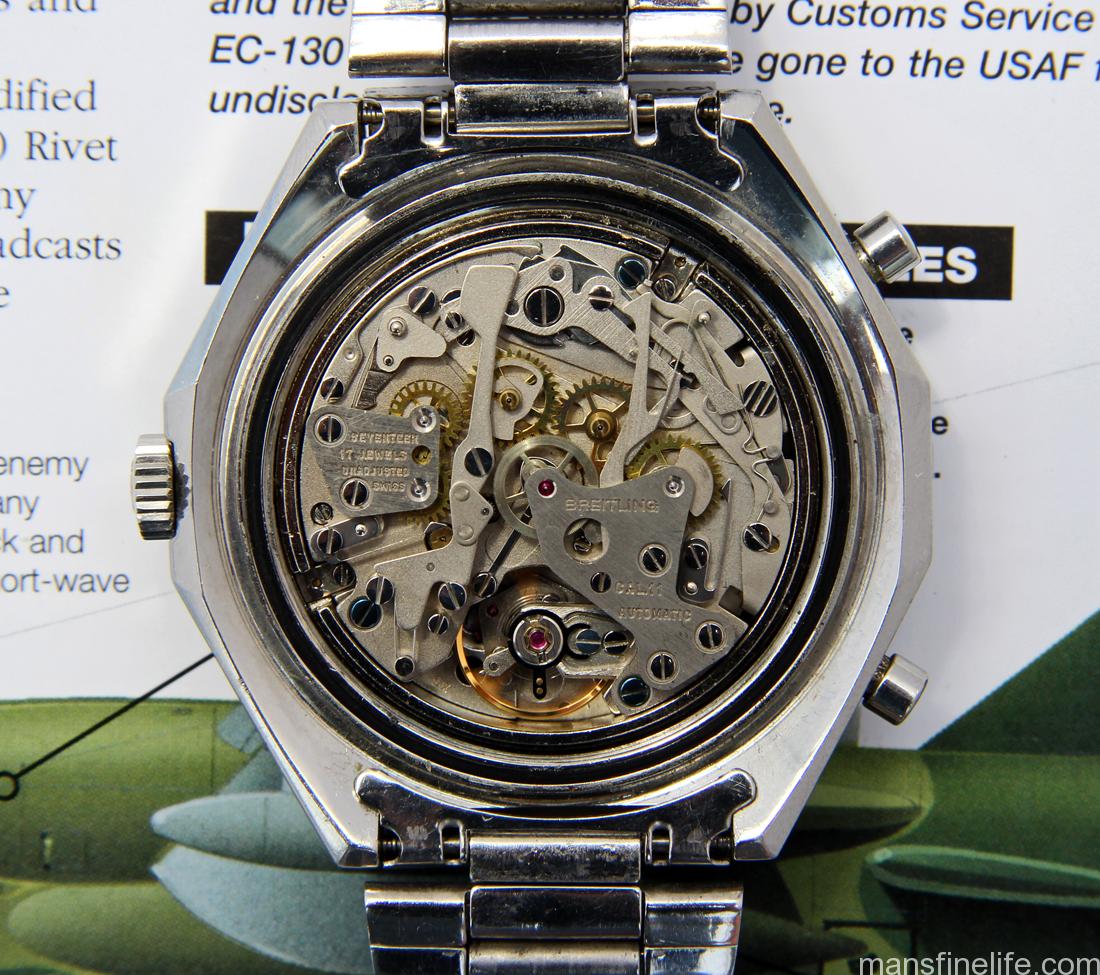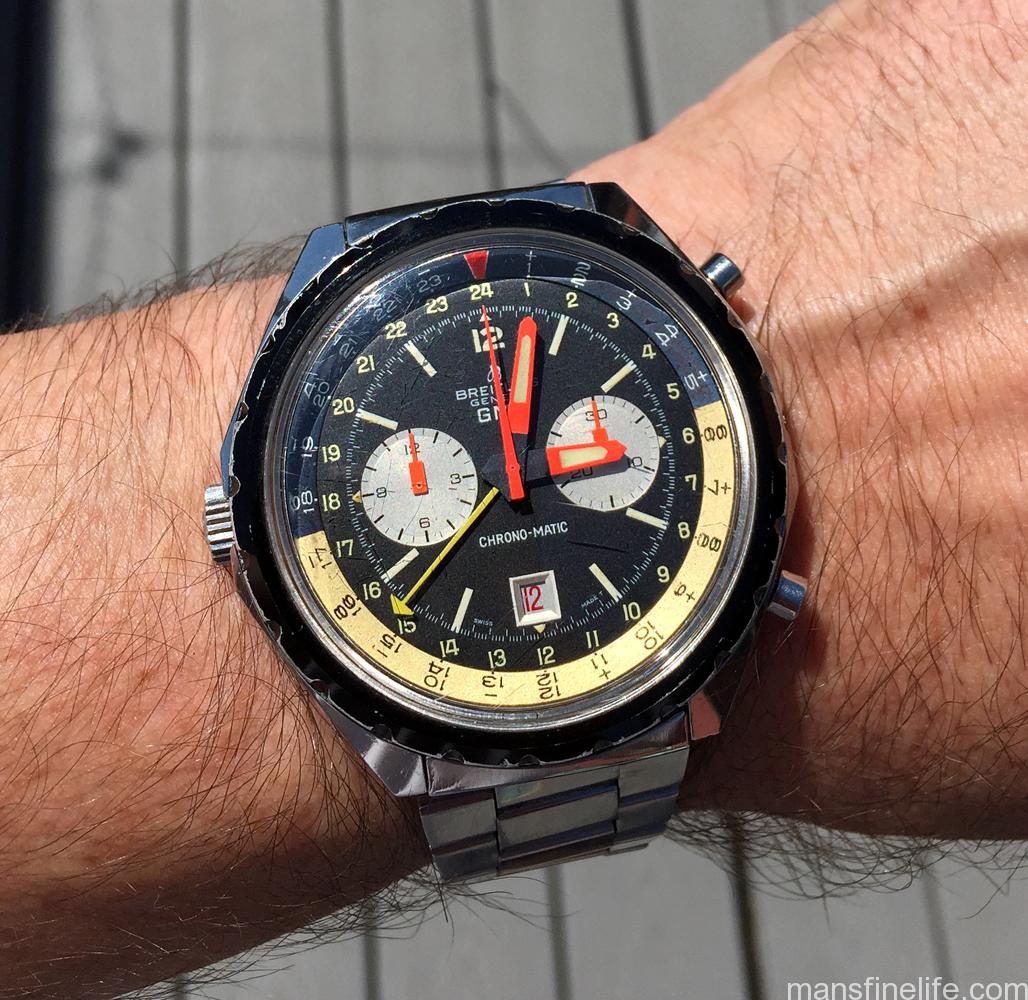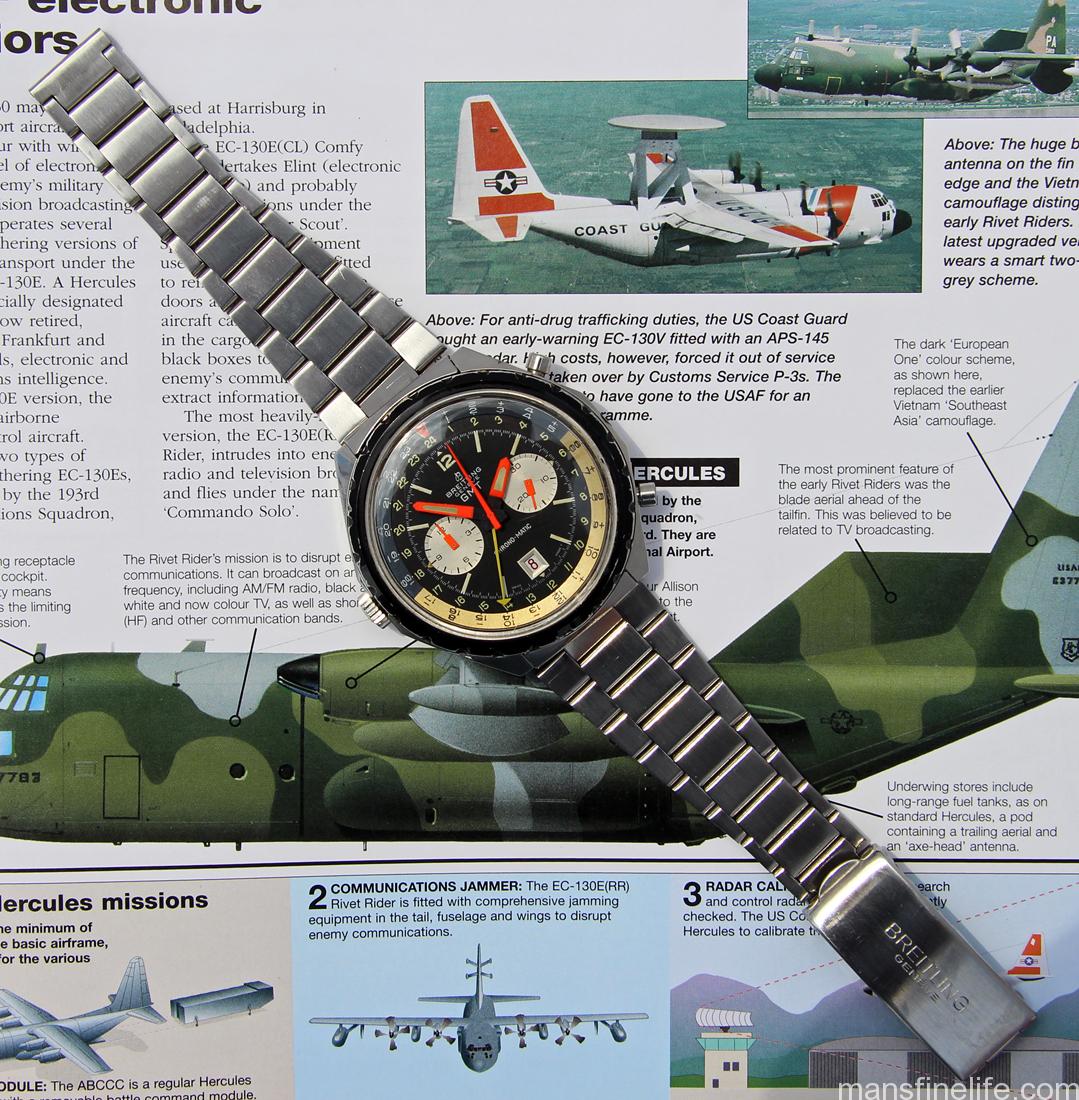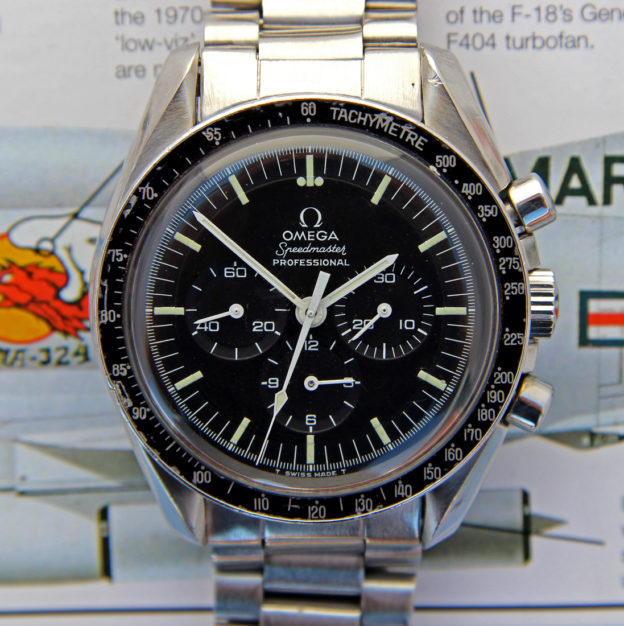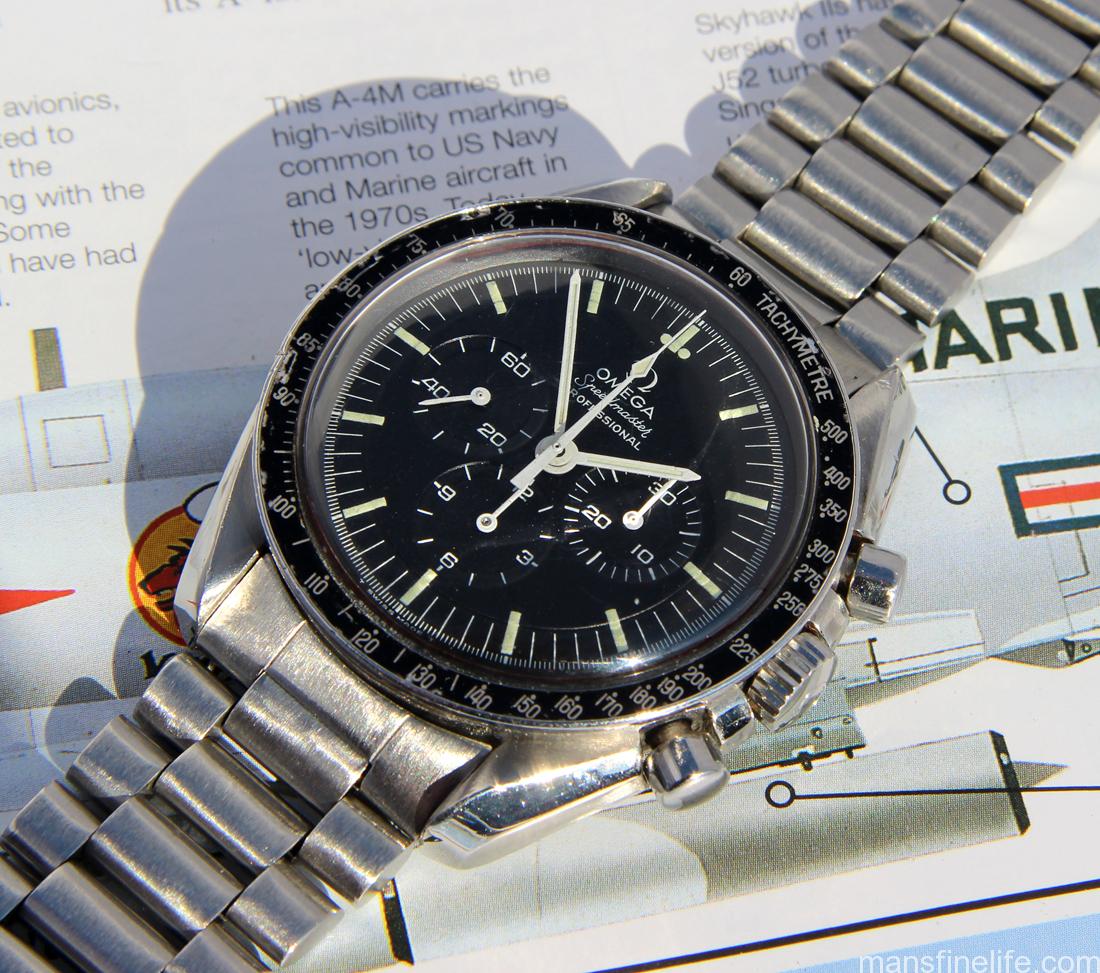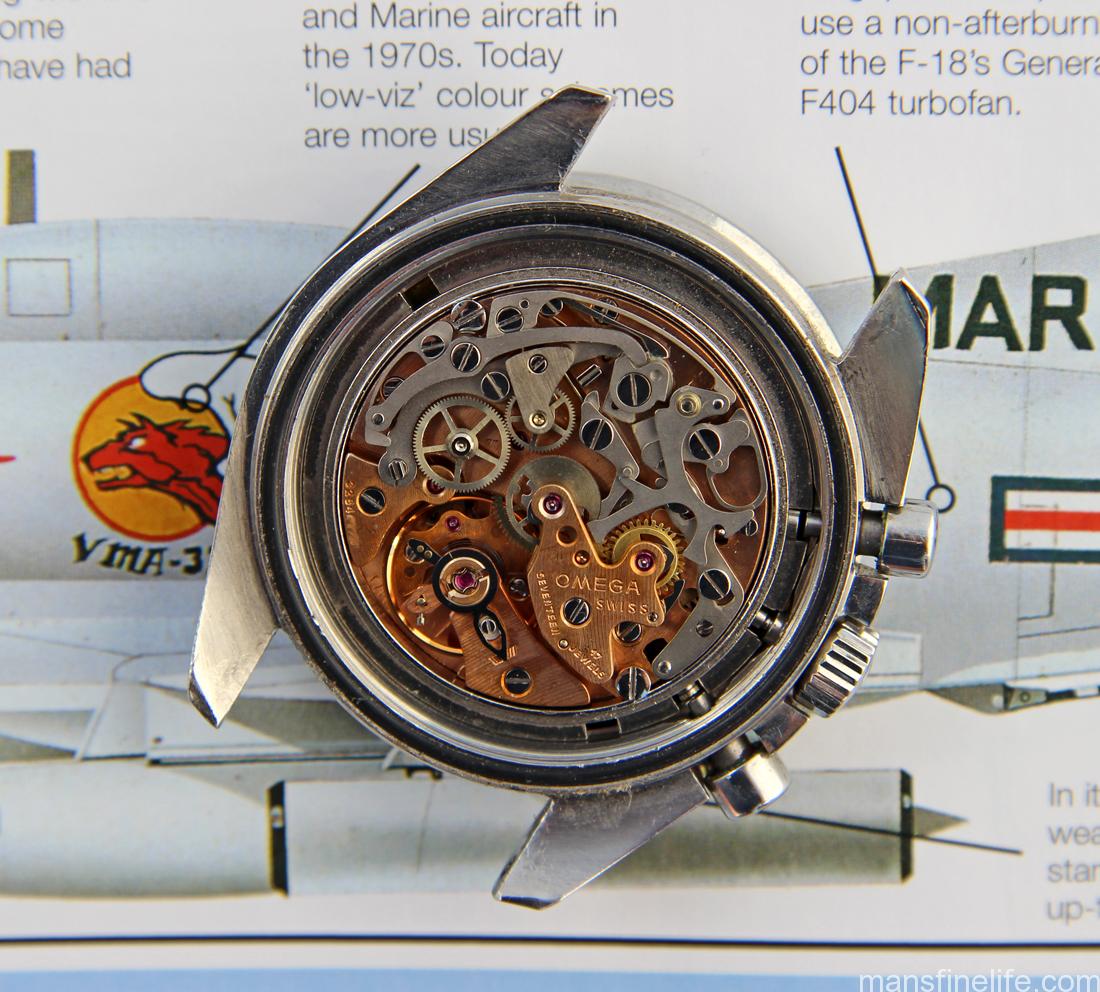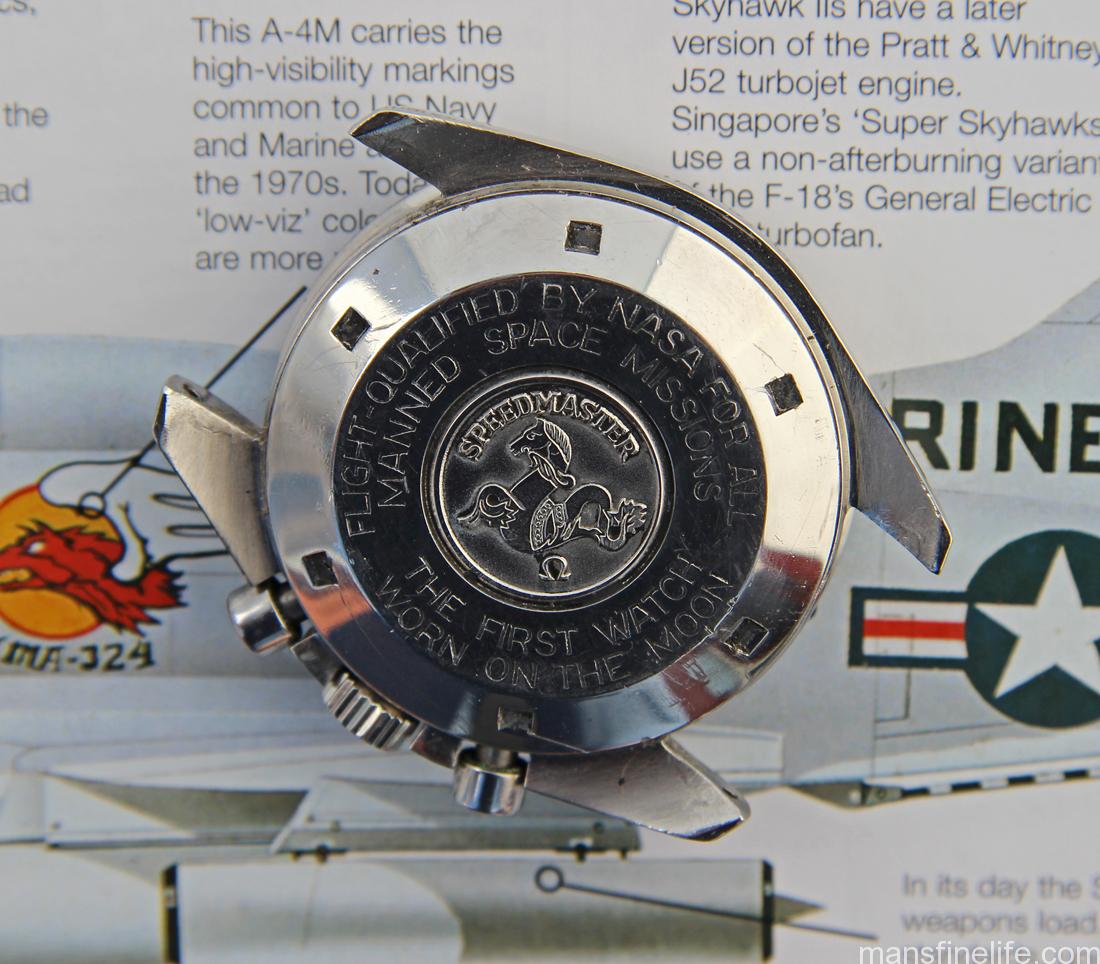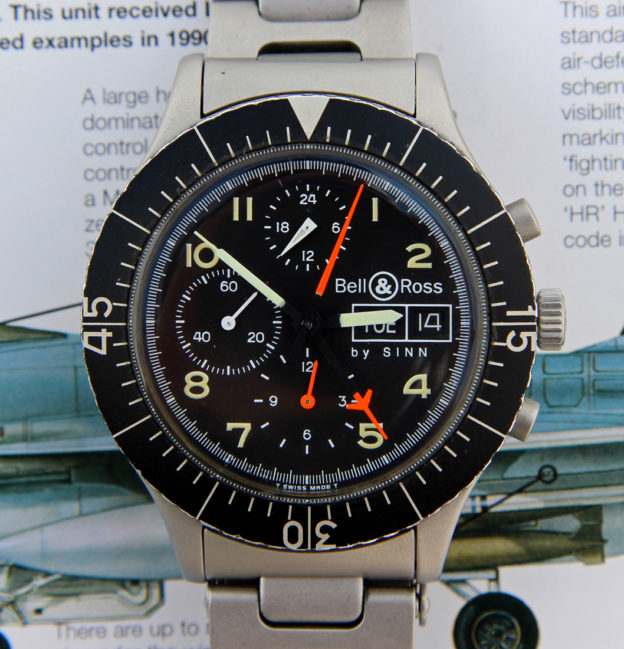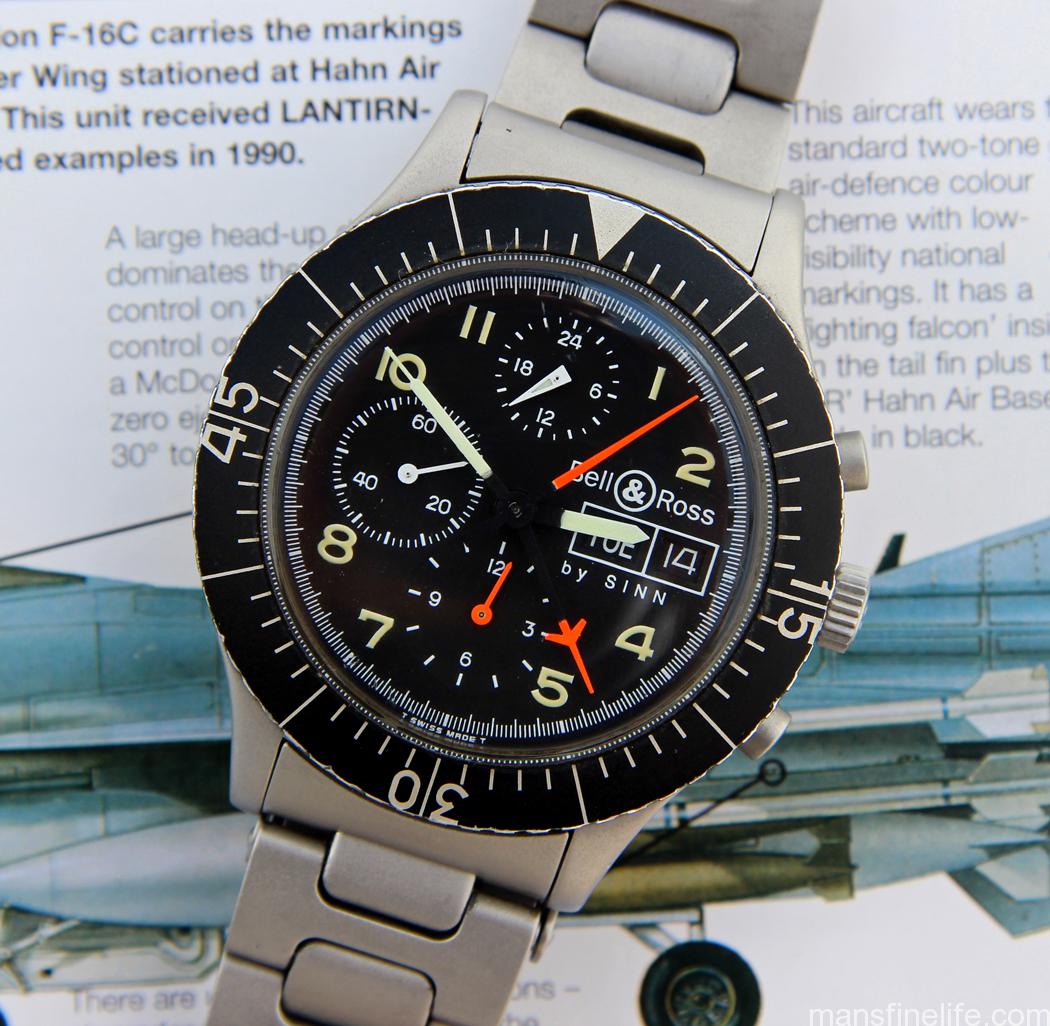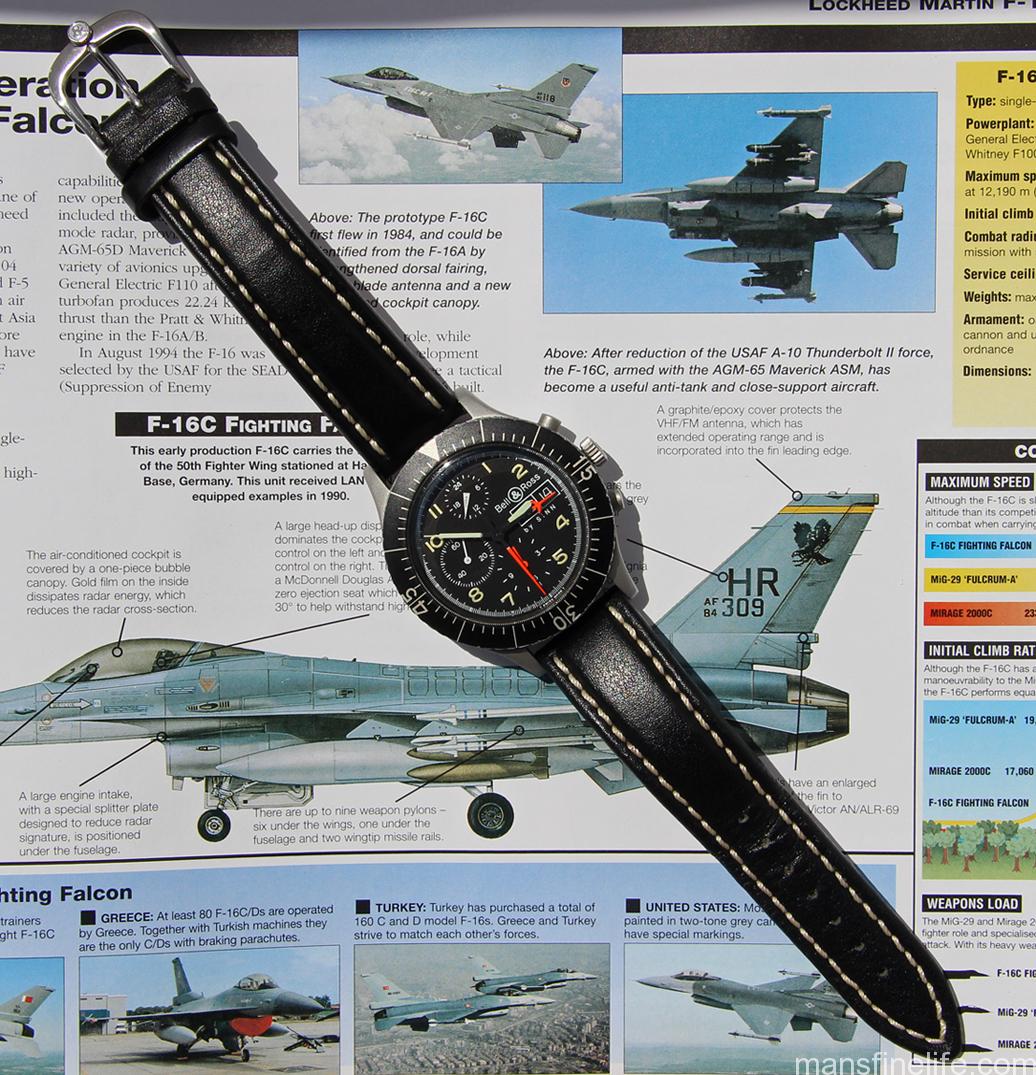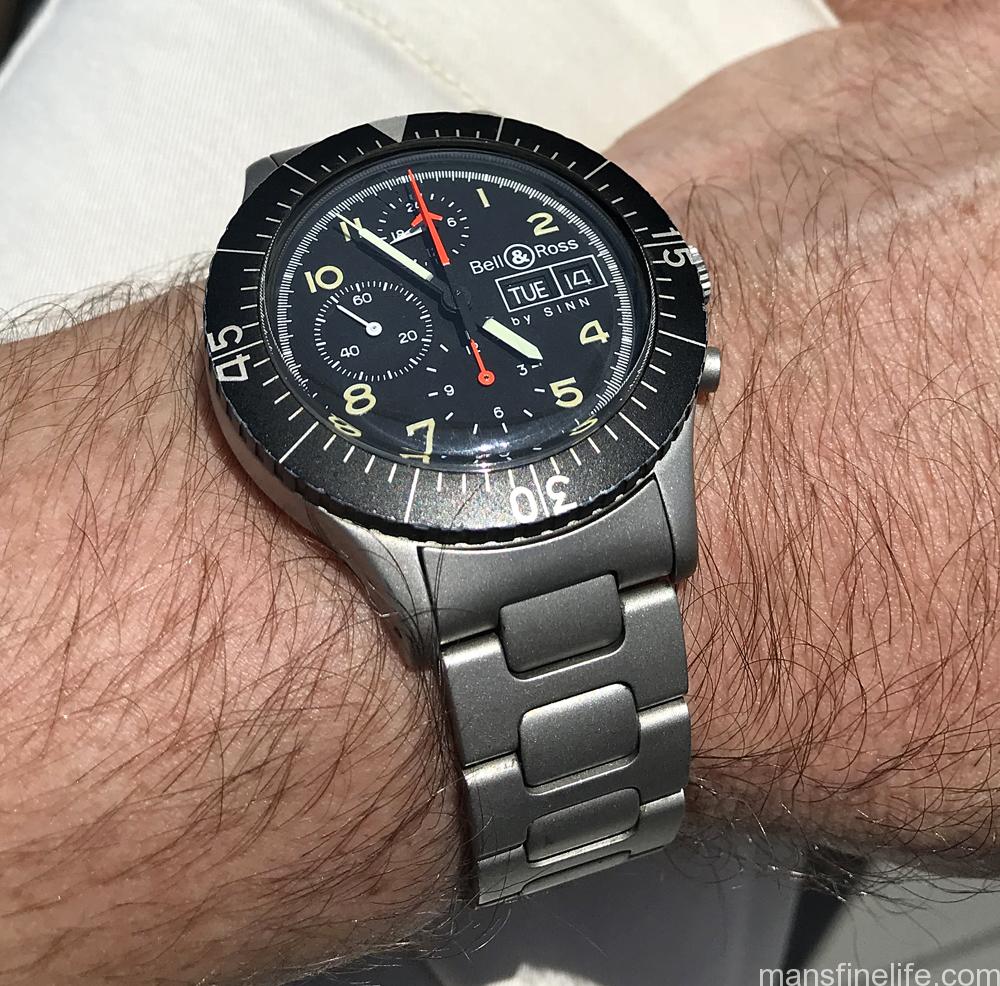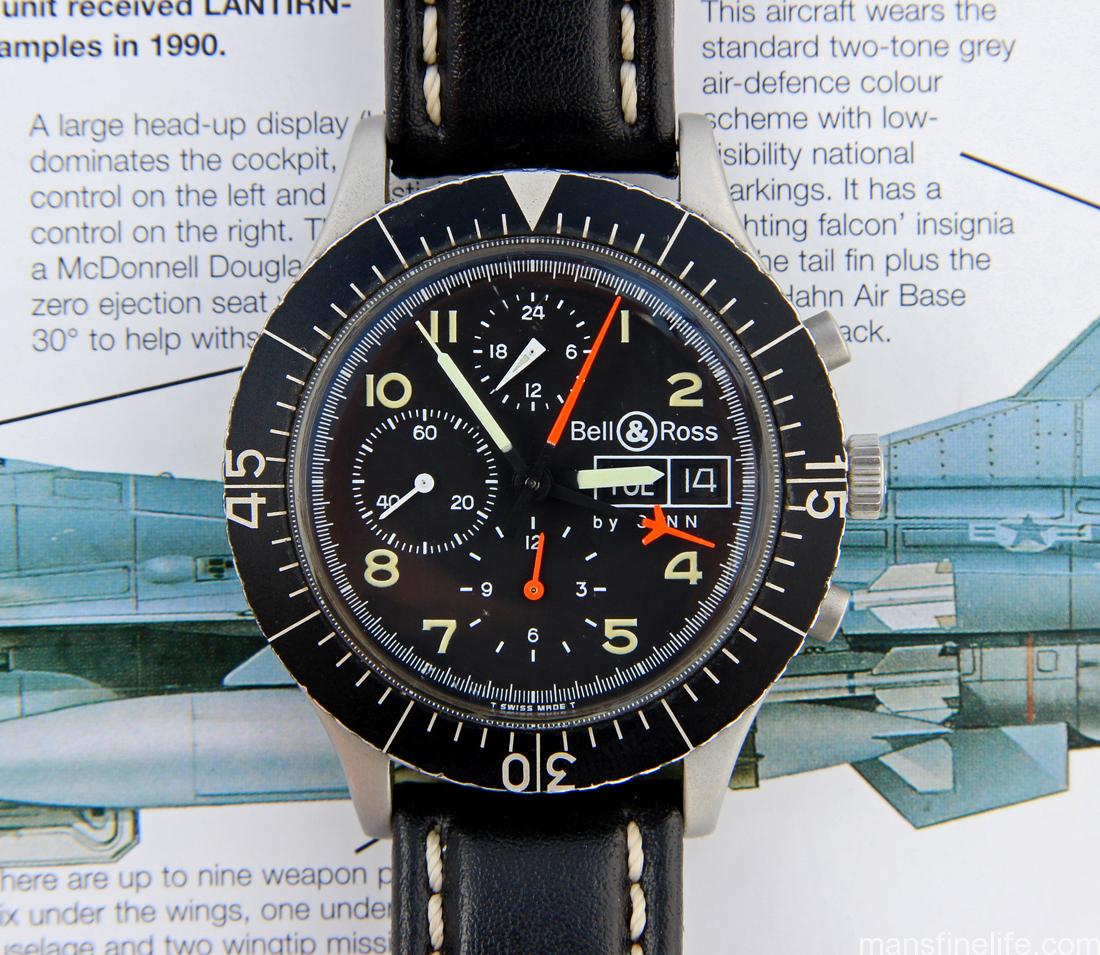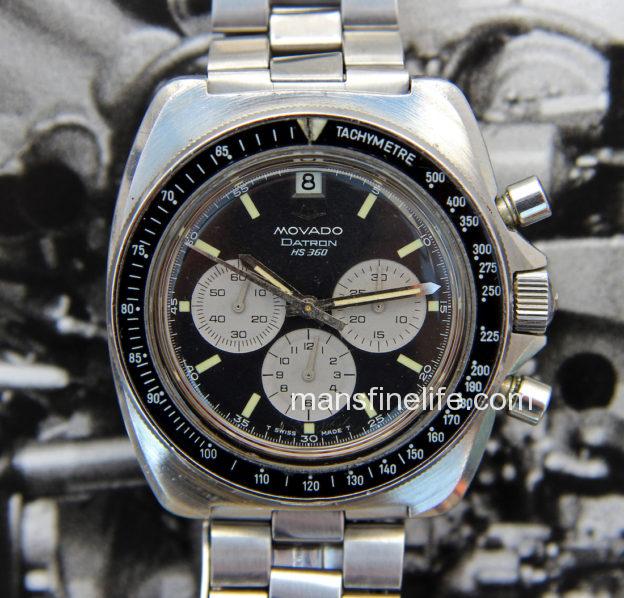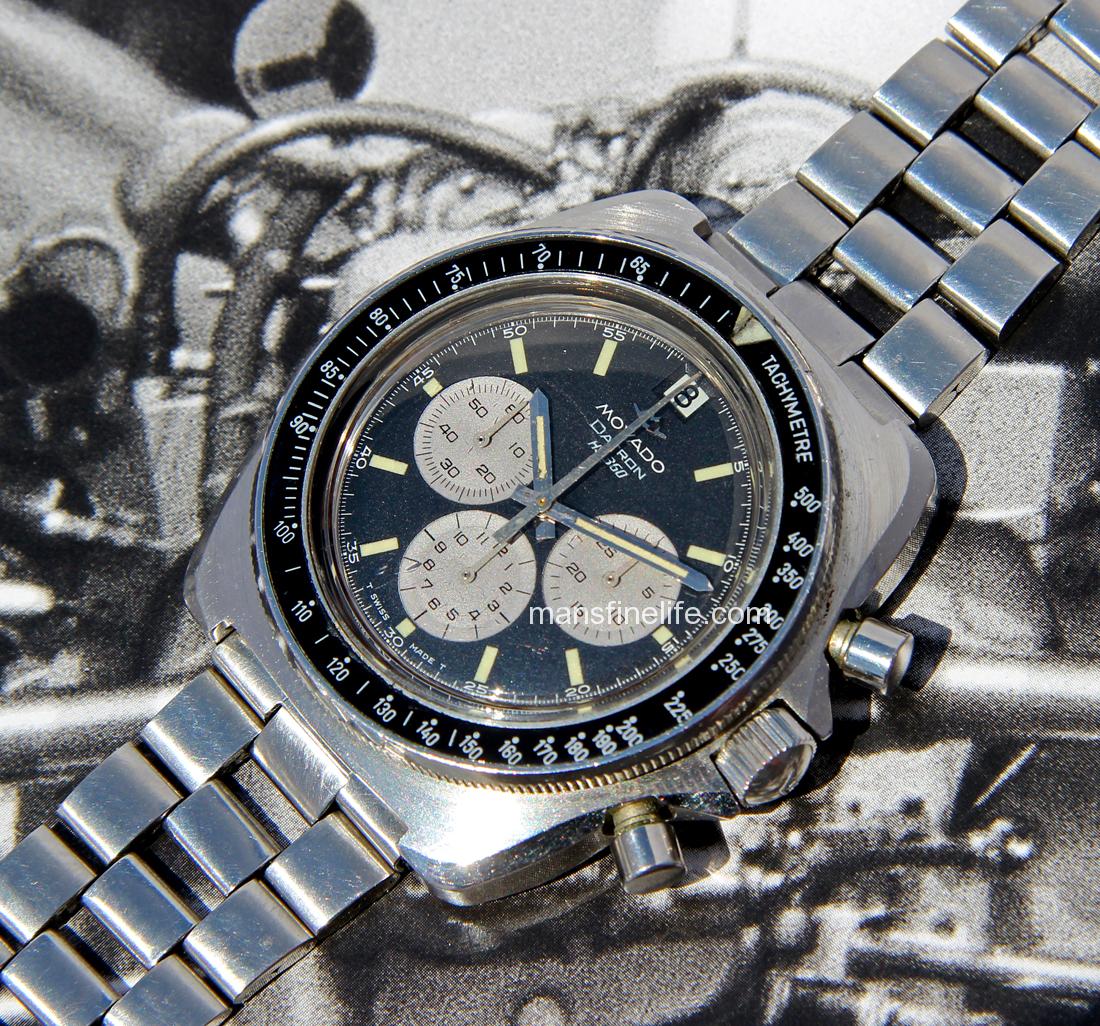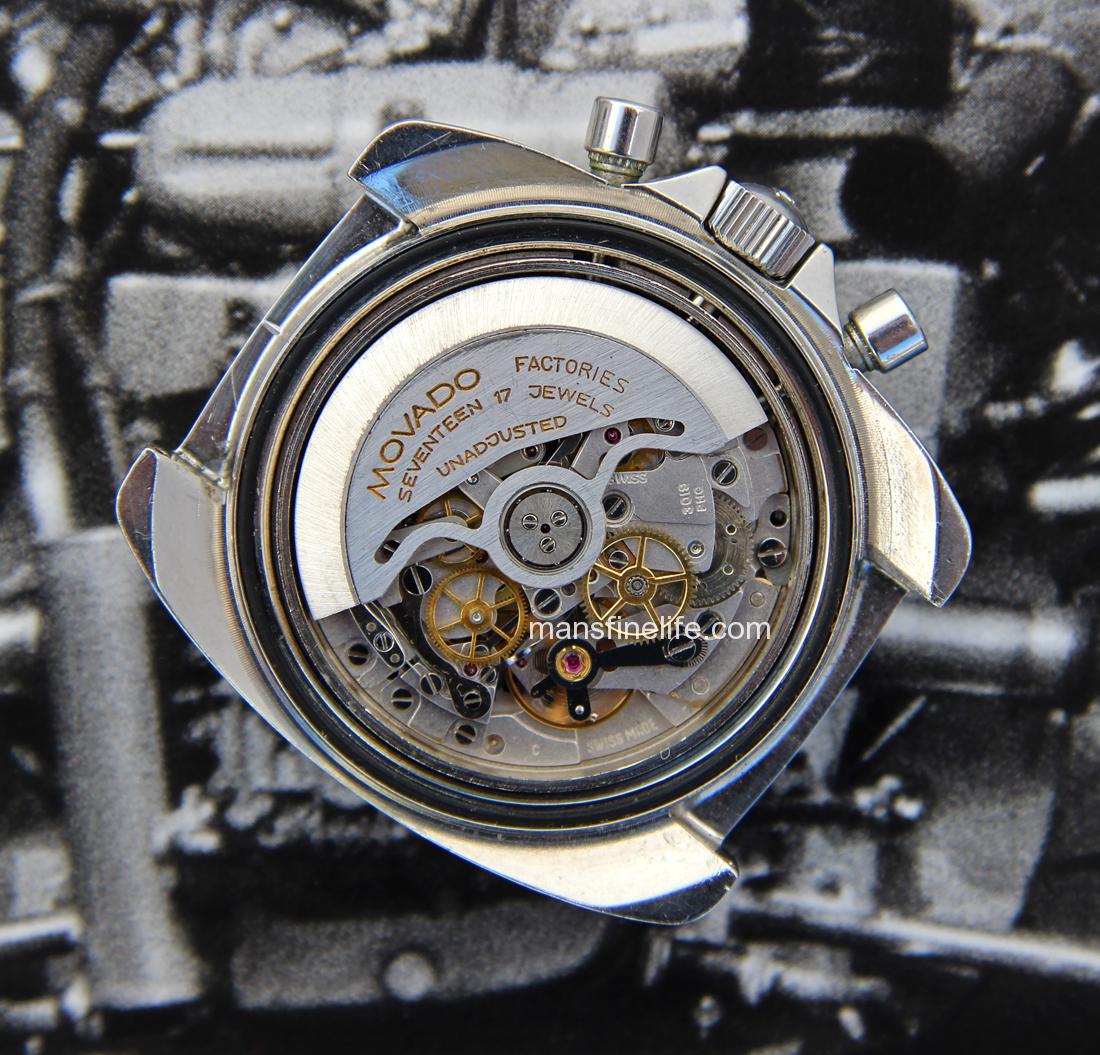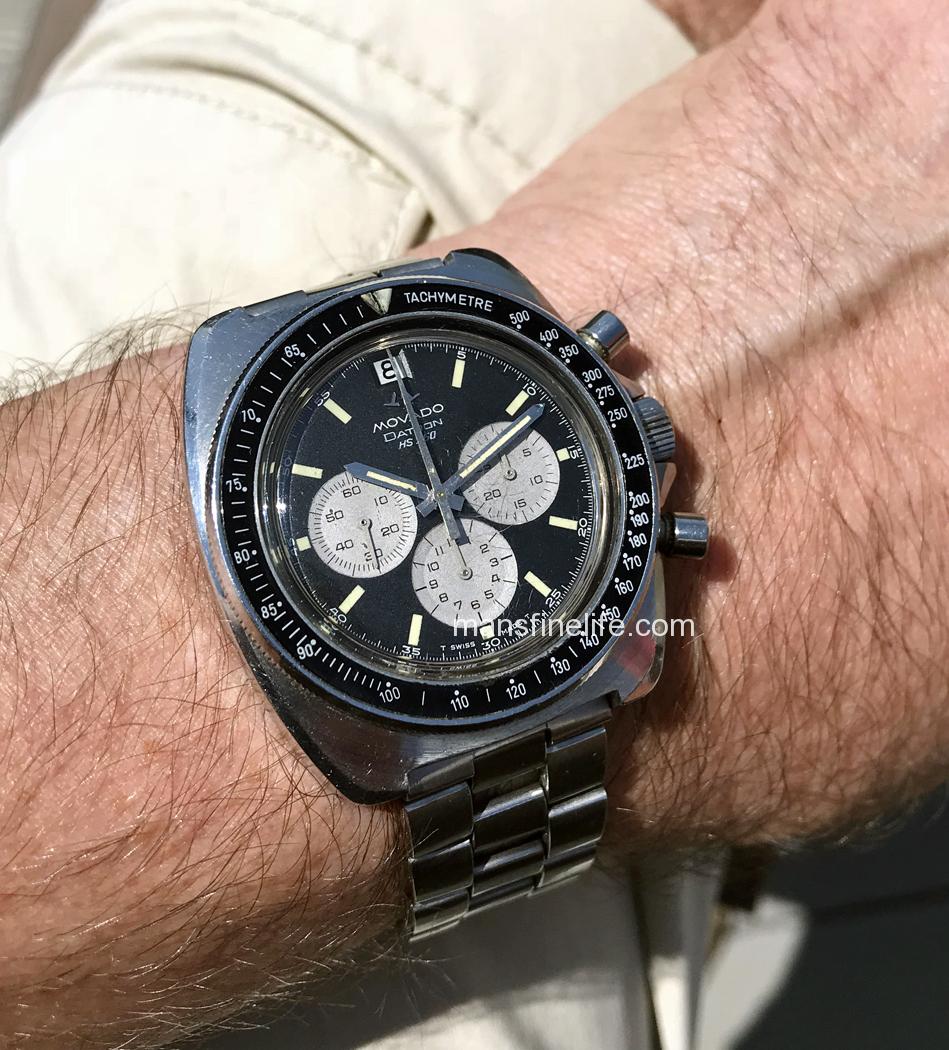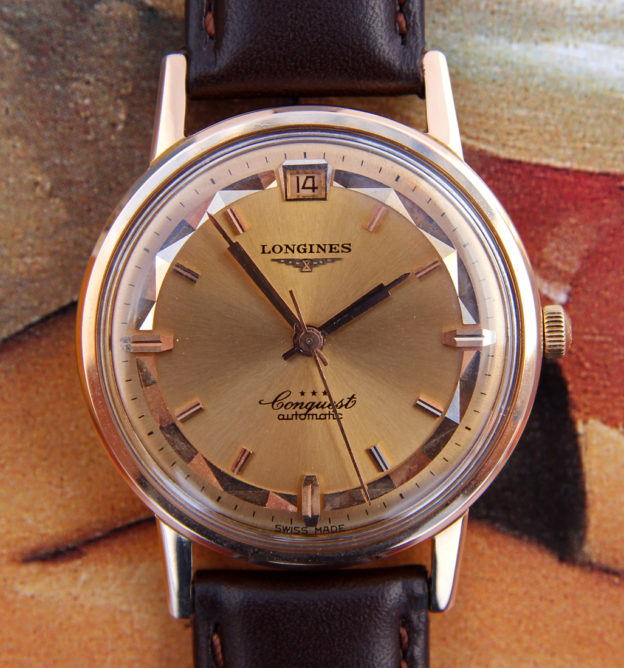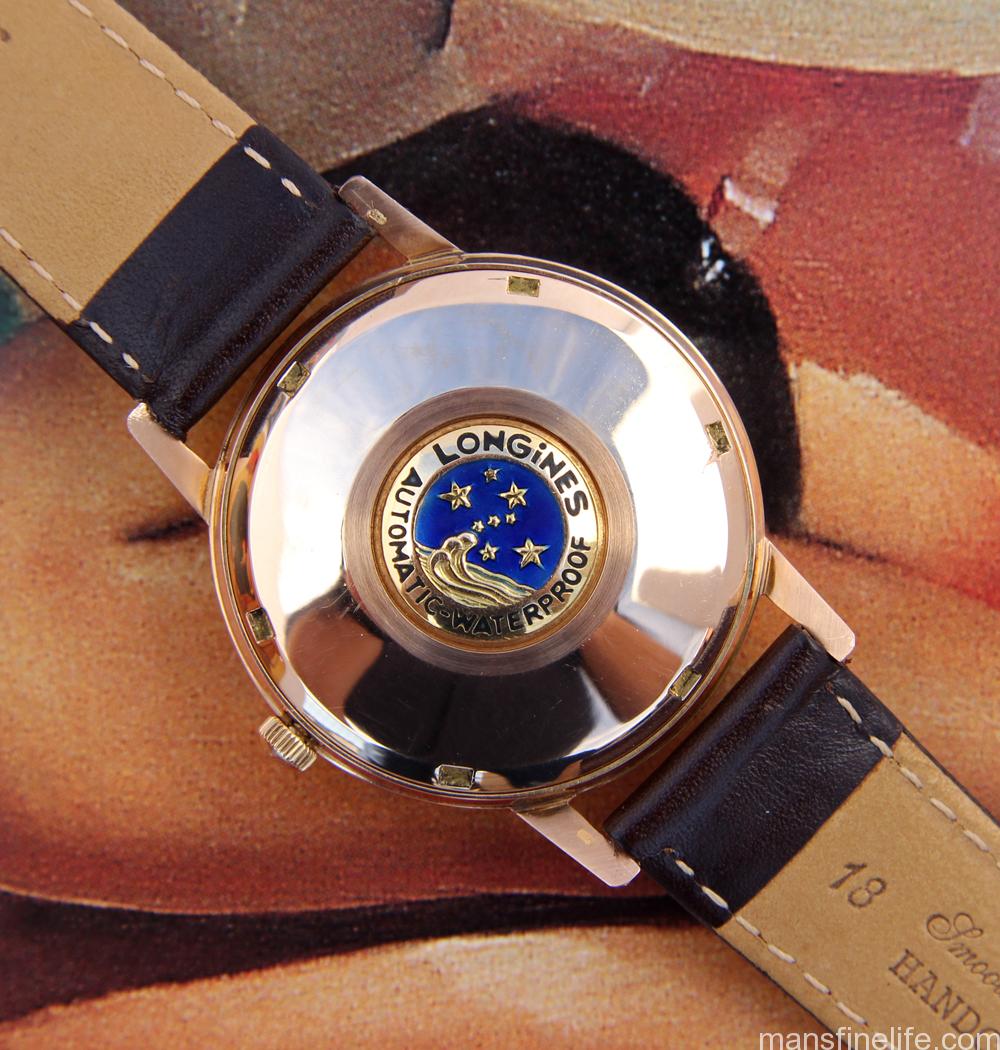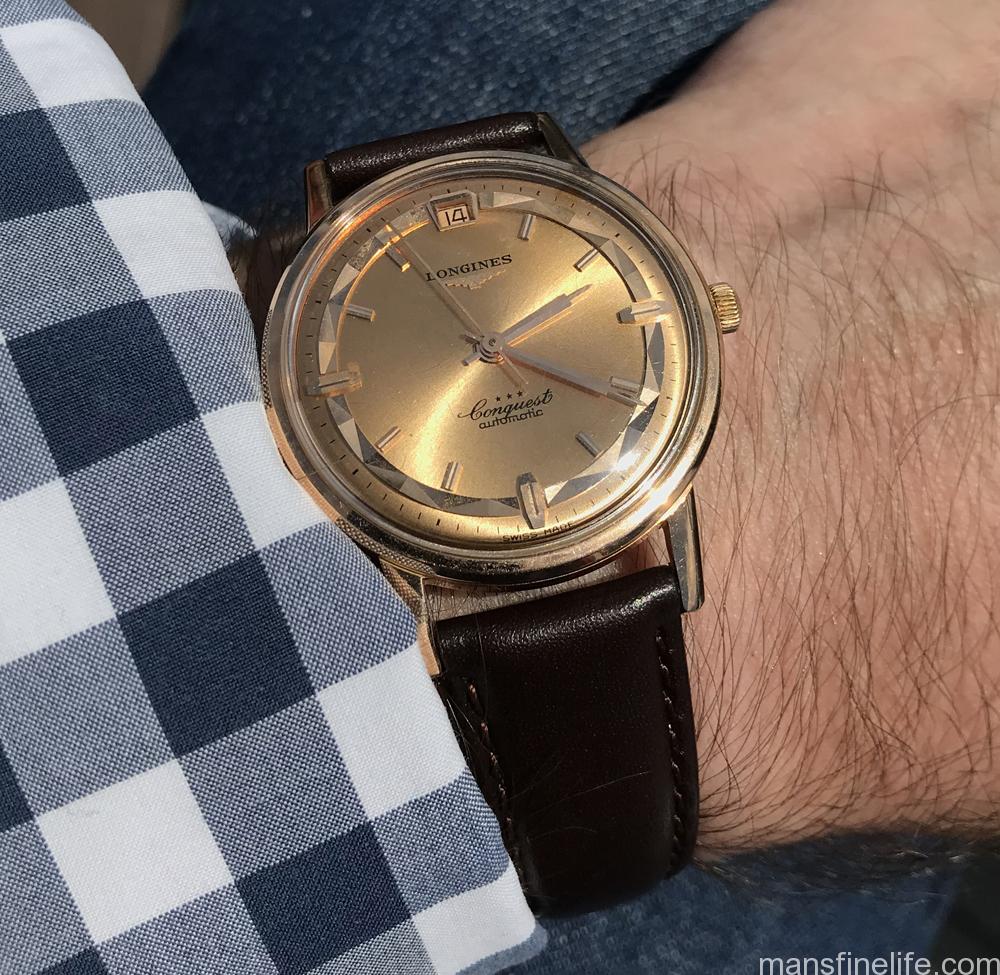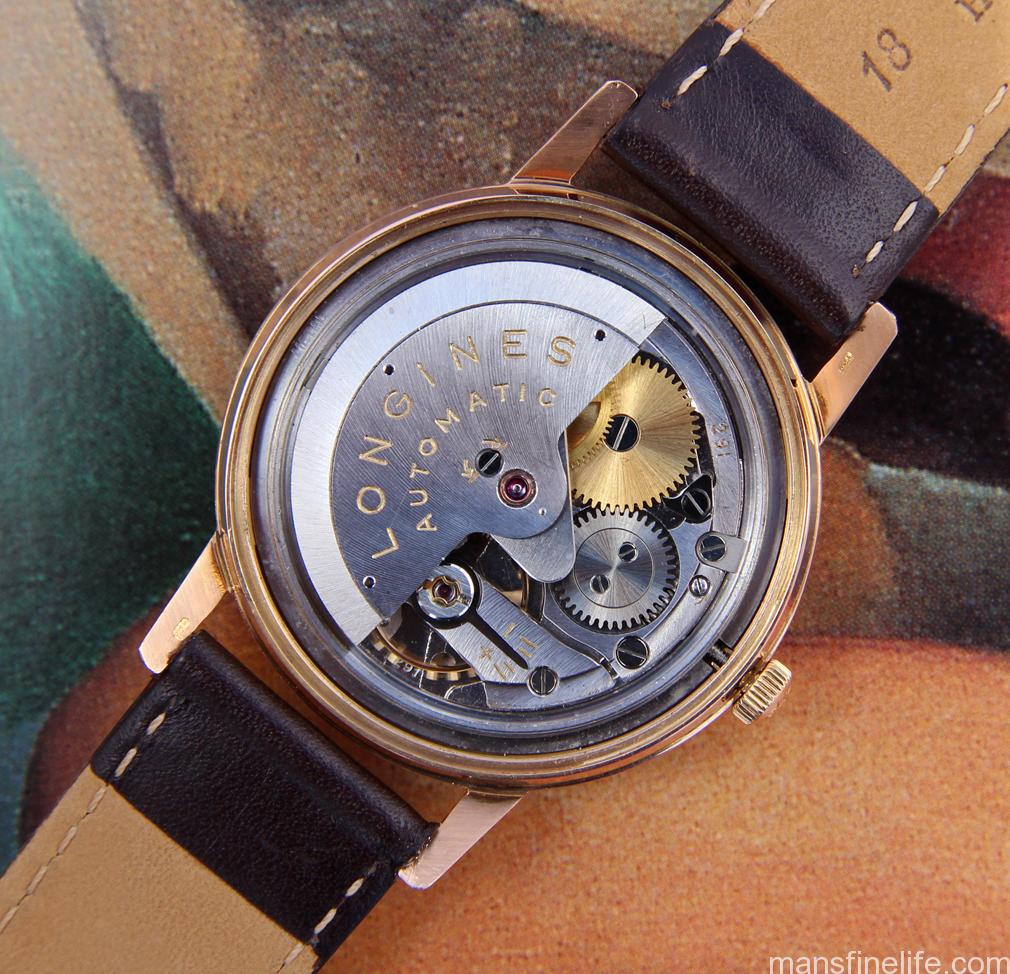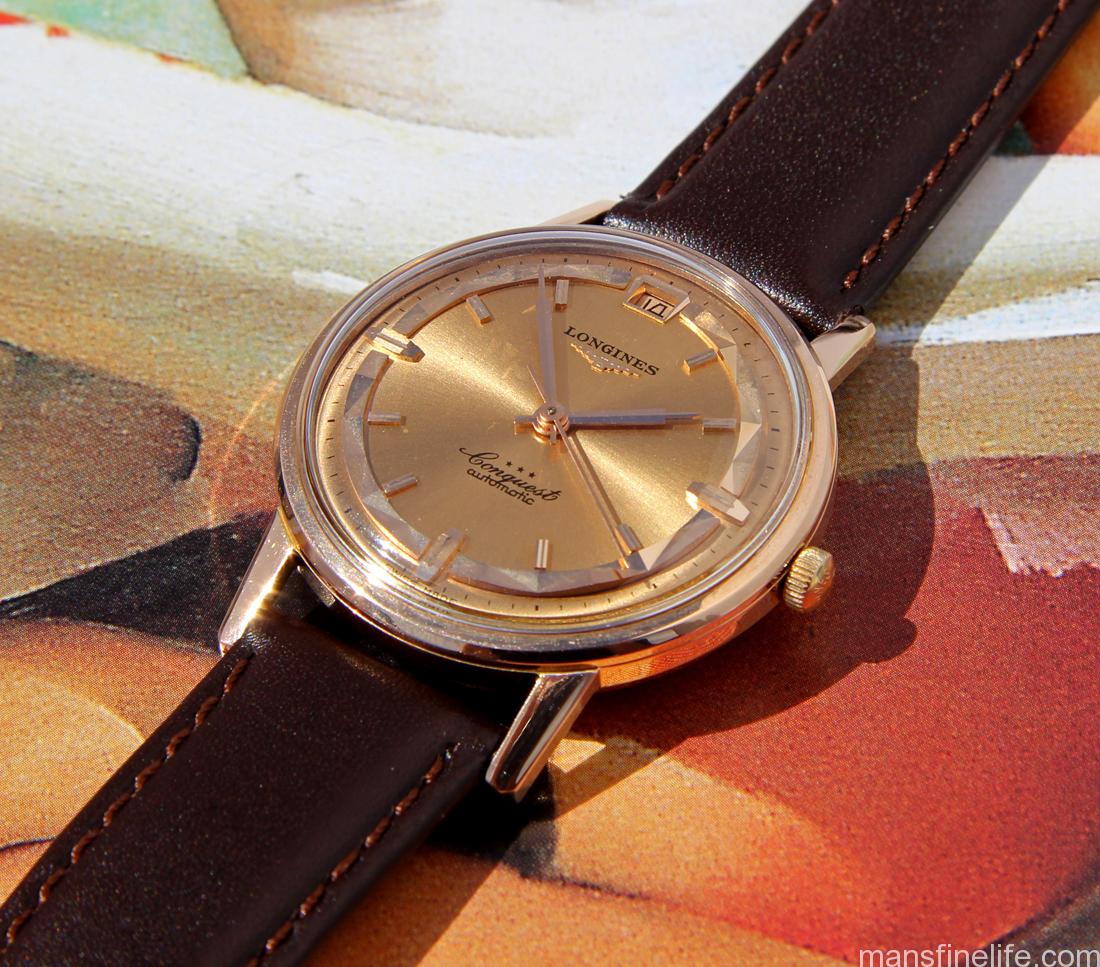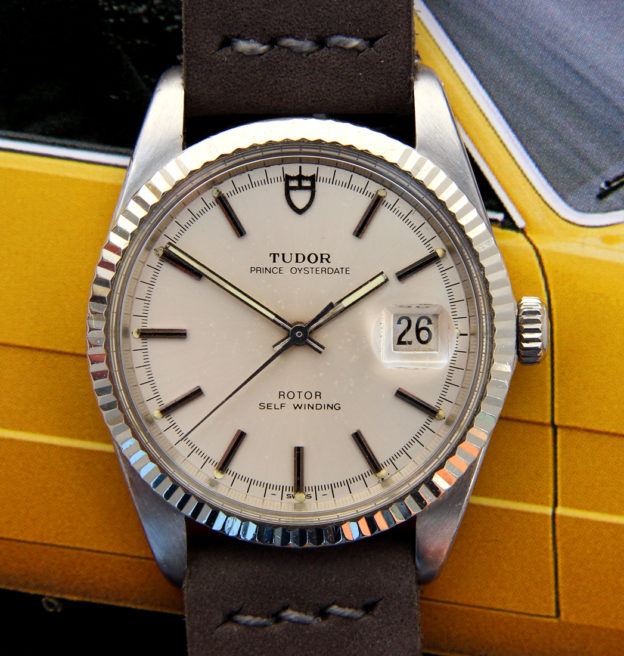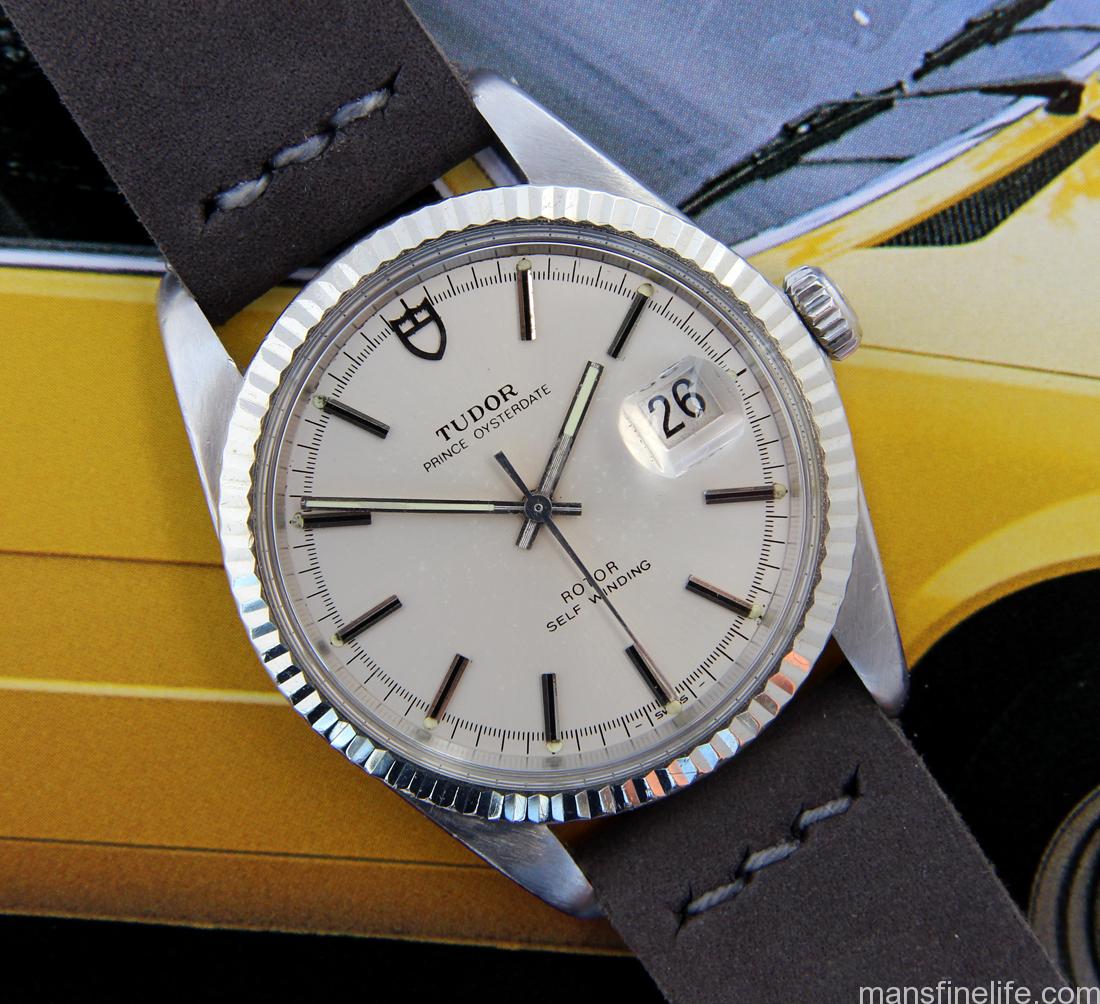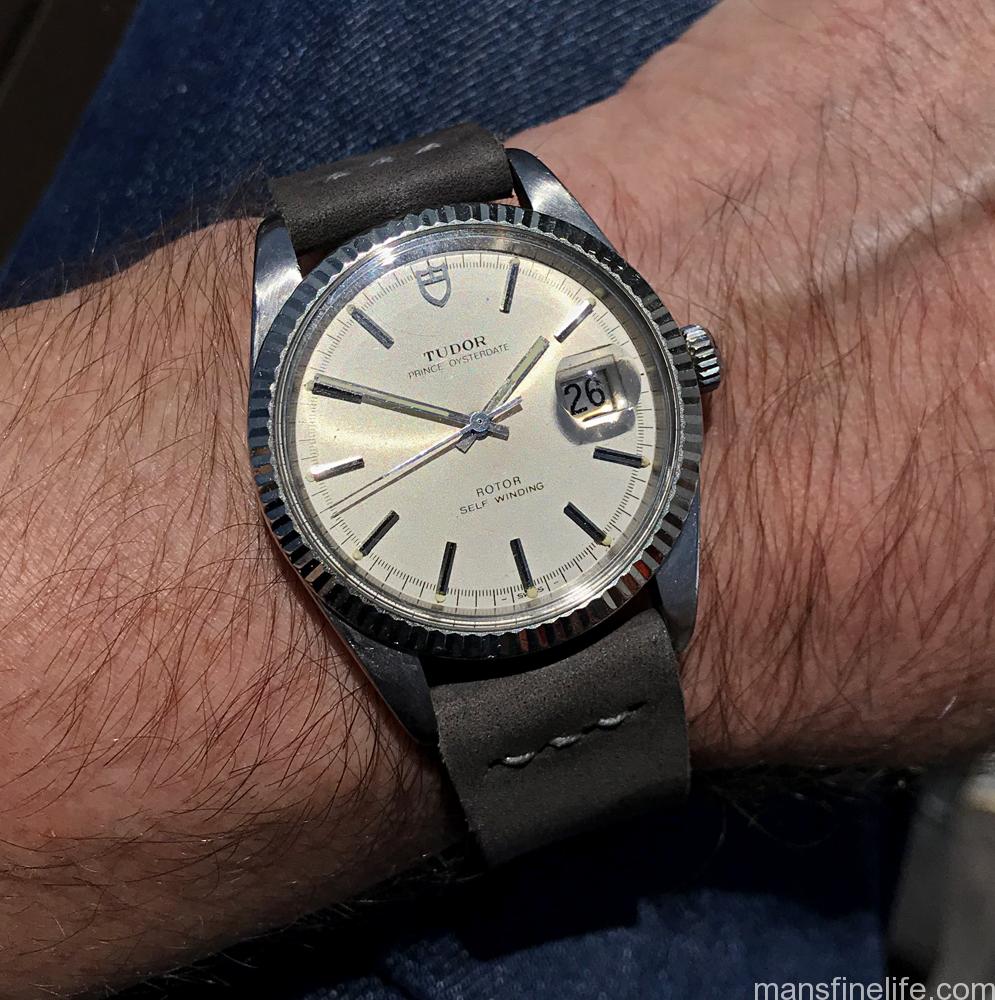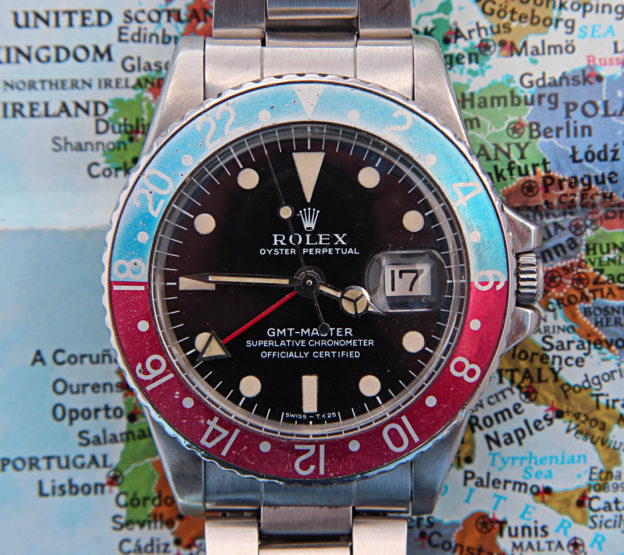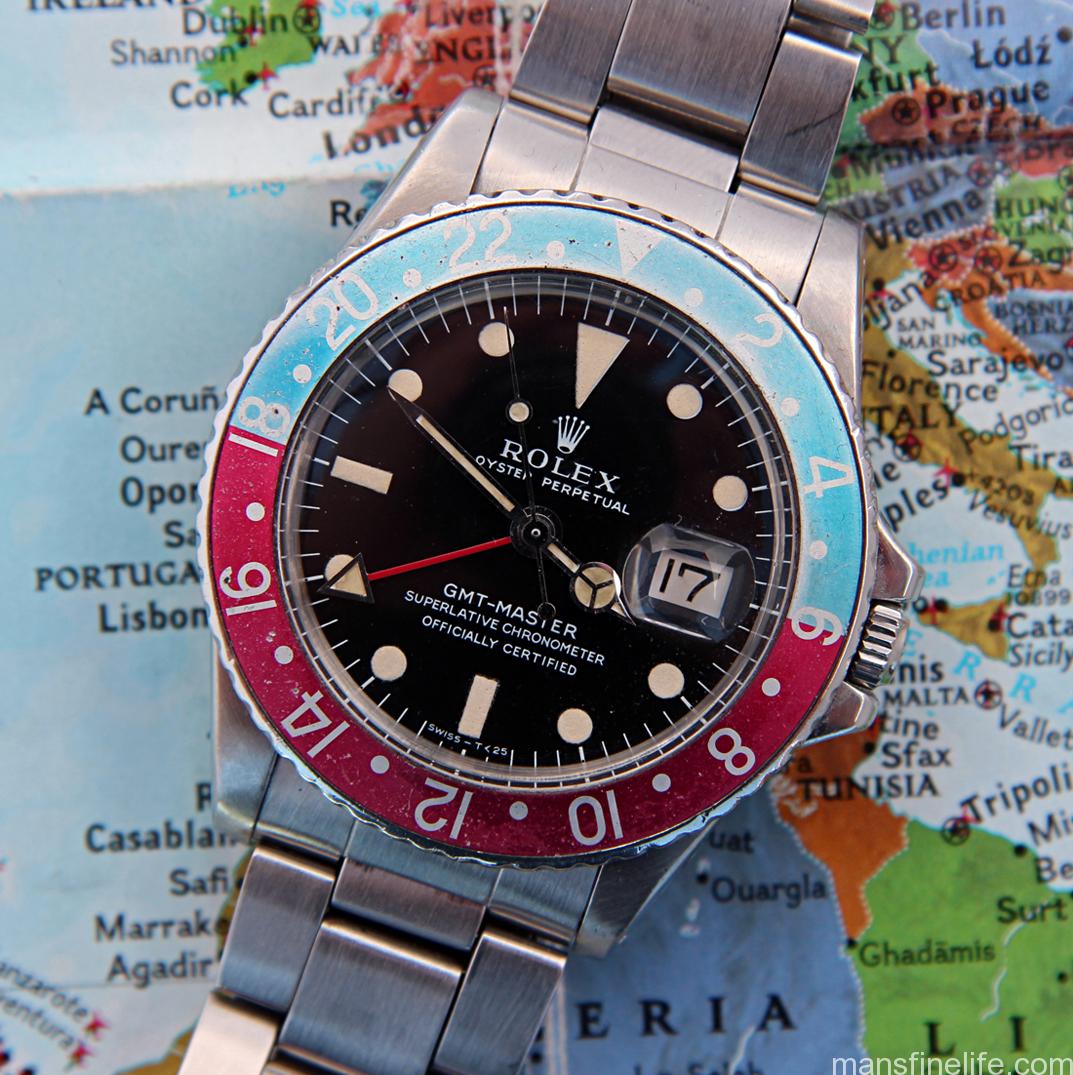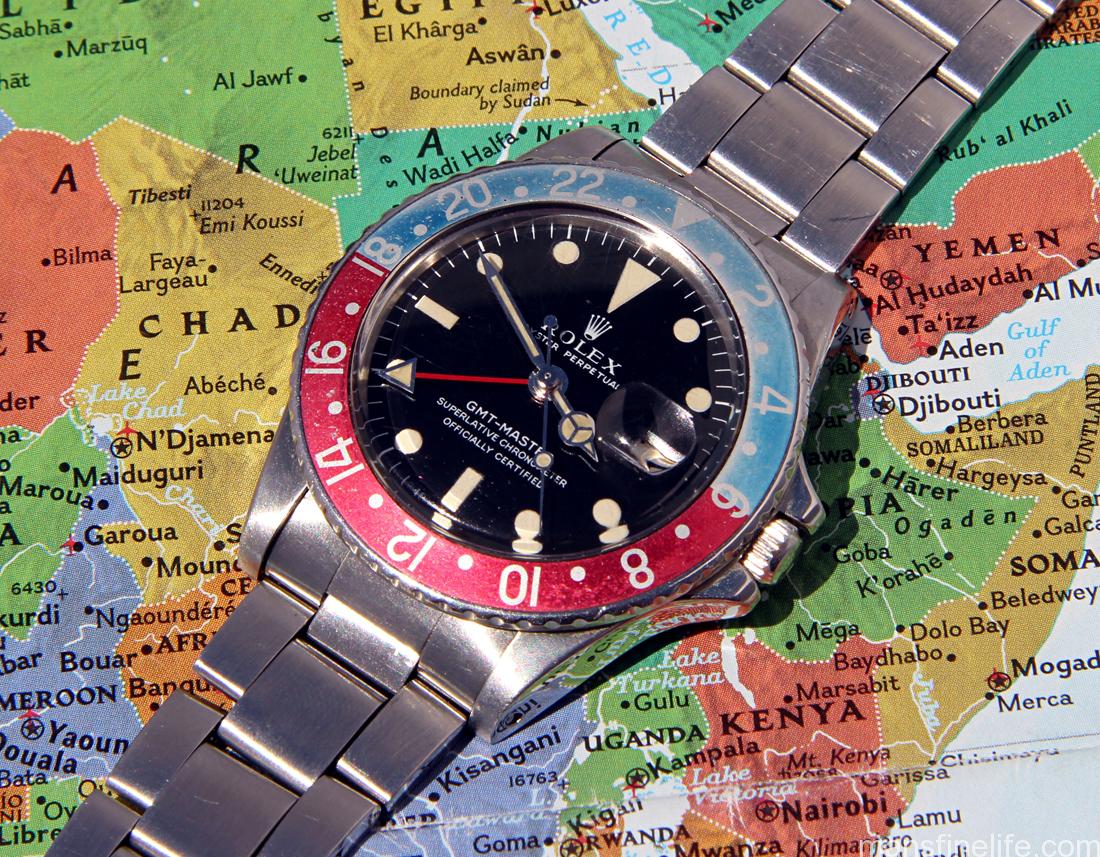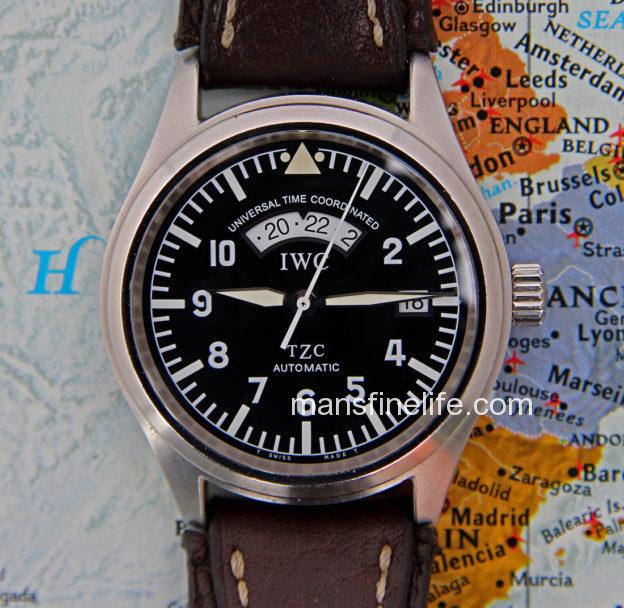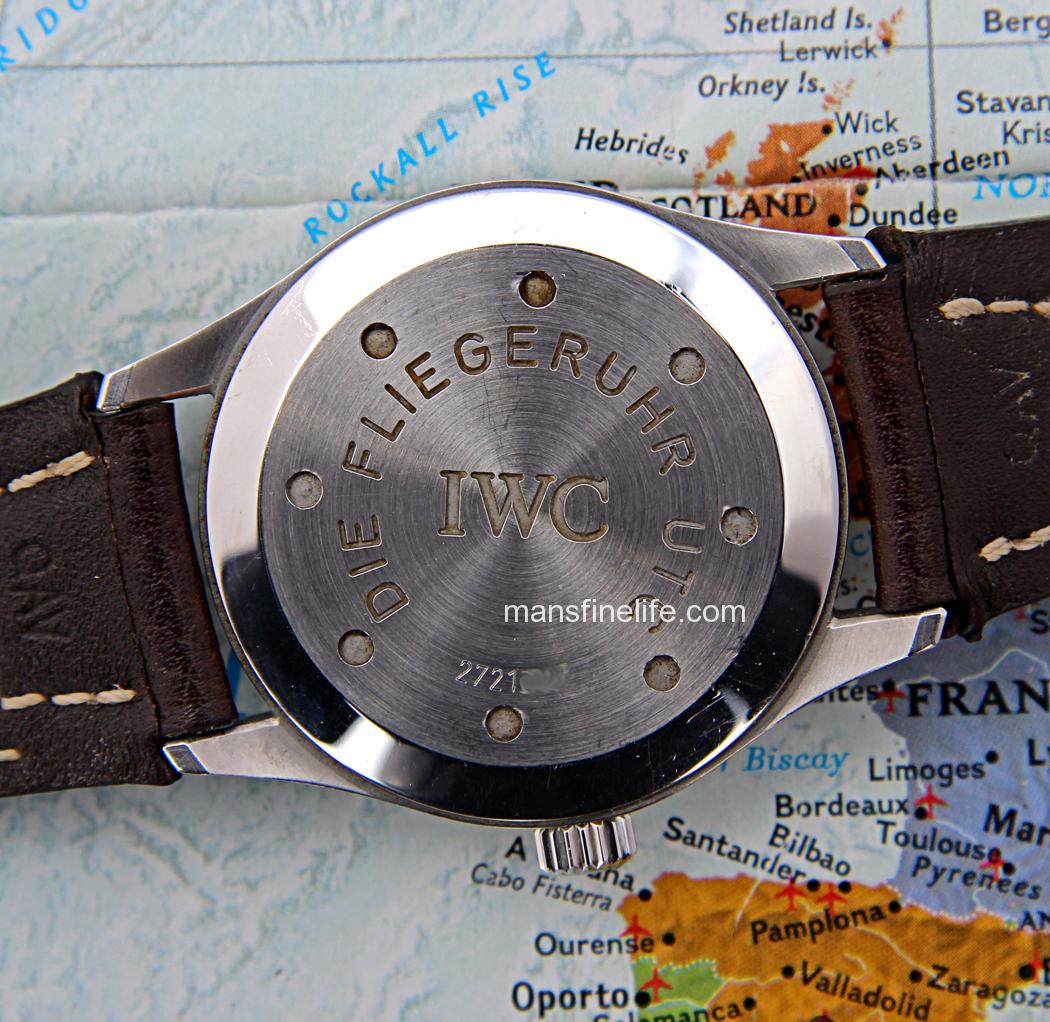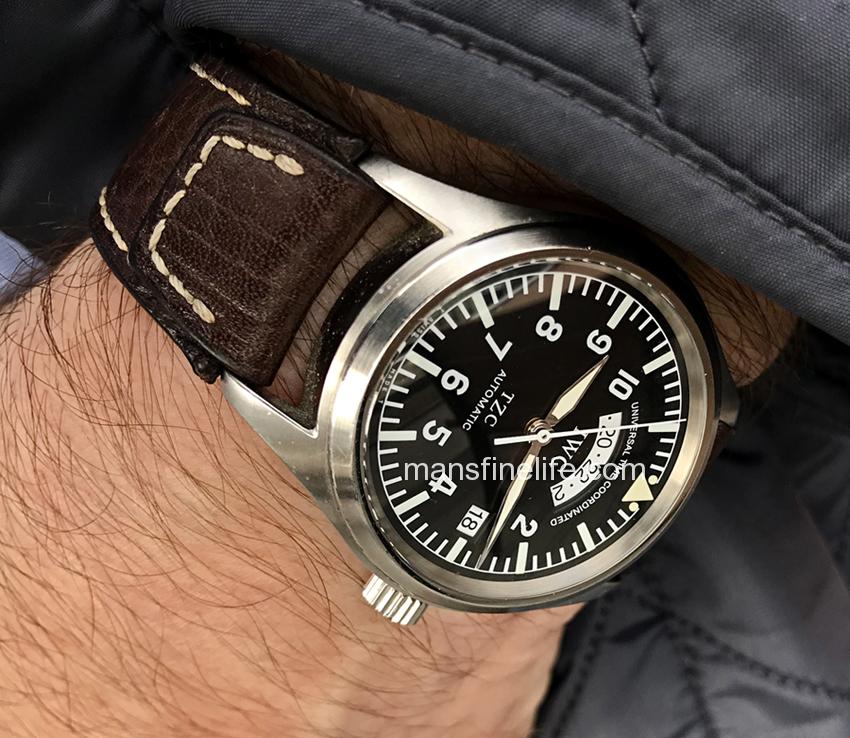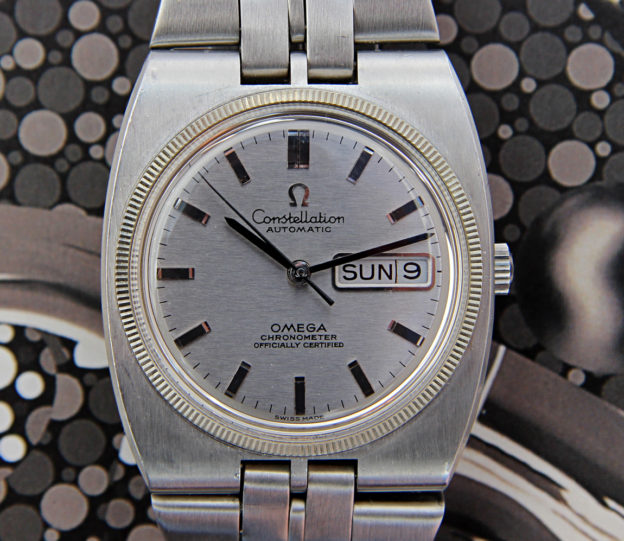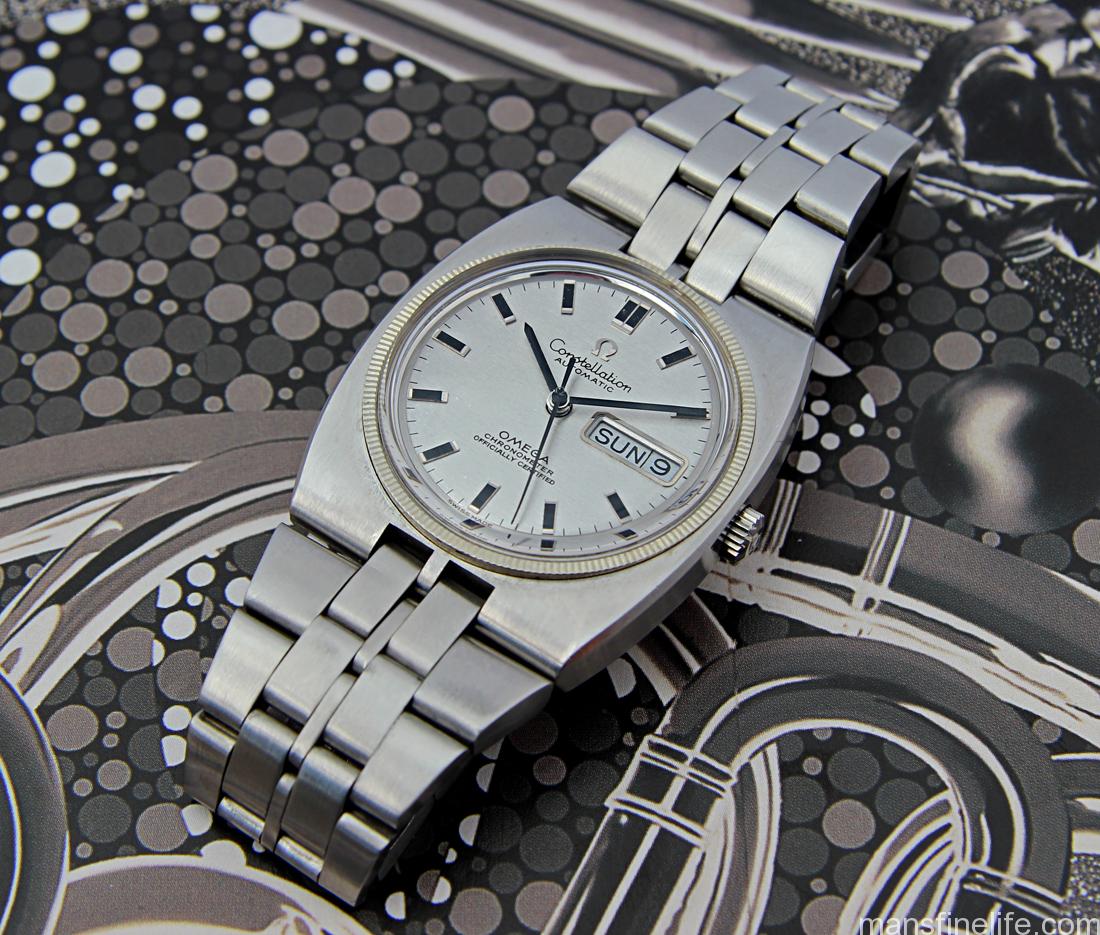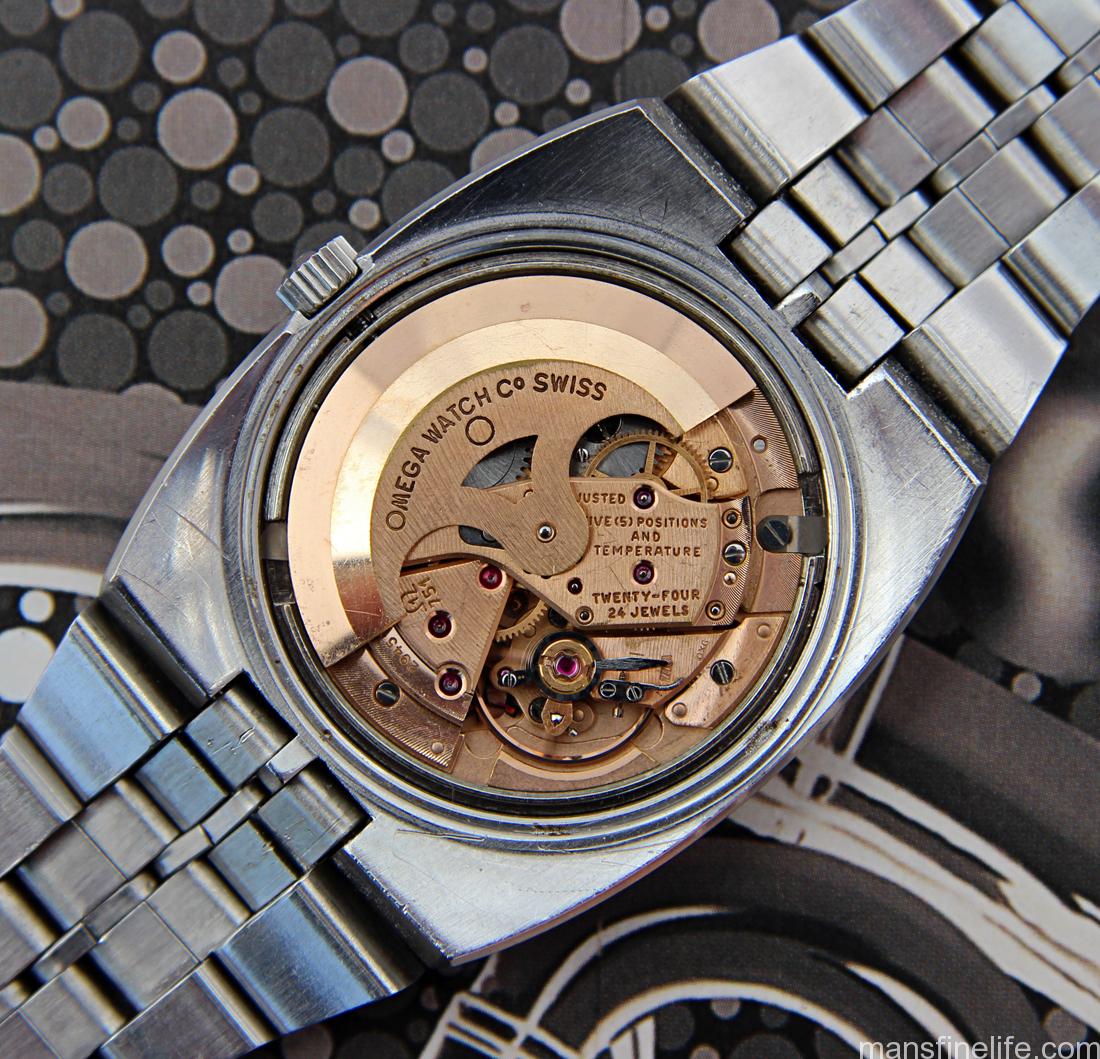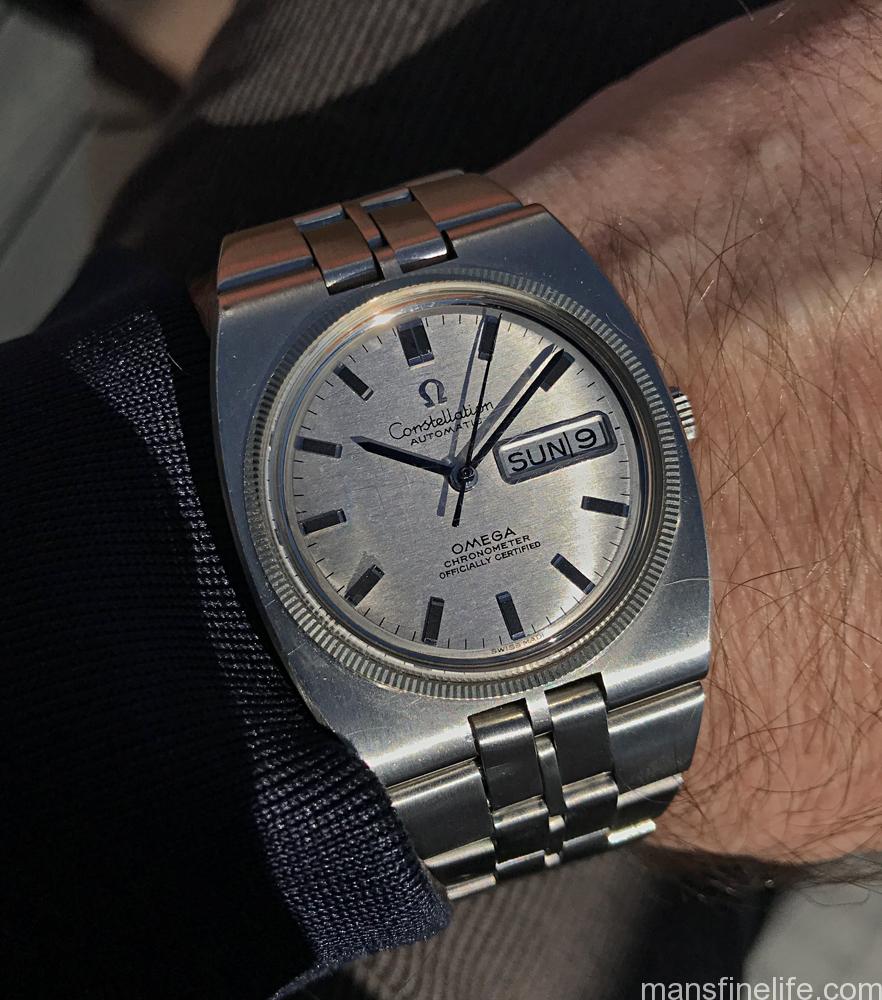We may be well and truly deep into the heat of July but here’s something ineffably cool — a late 1960s Seamster “Special” with stunning original gloss black dial. Black dials are quite uncommon on Omega dress models of this era and are highly sought after. With its silver print and outstanding original condition this one’s a pip.
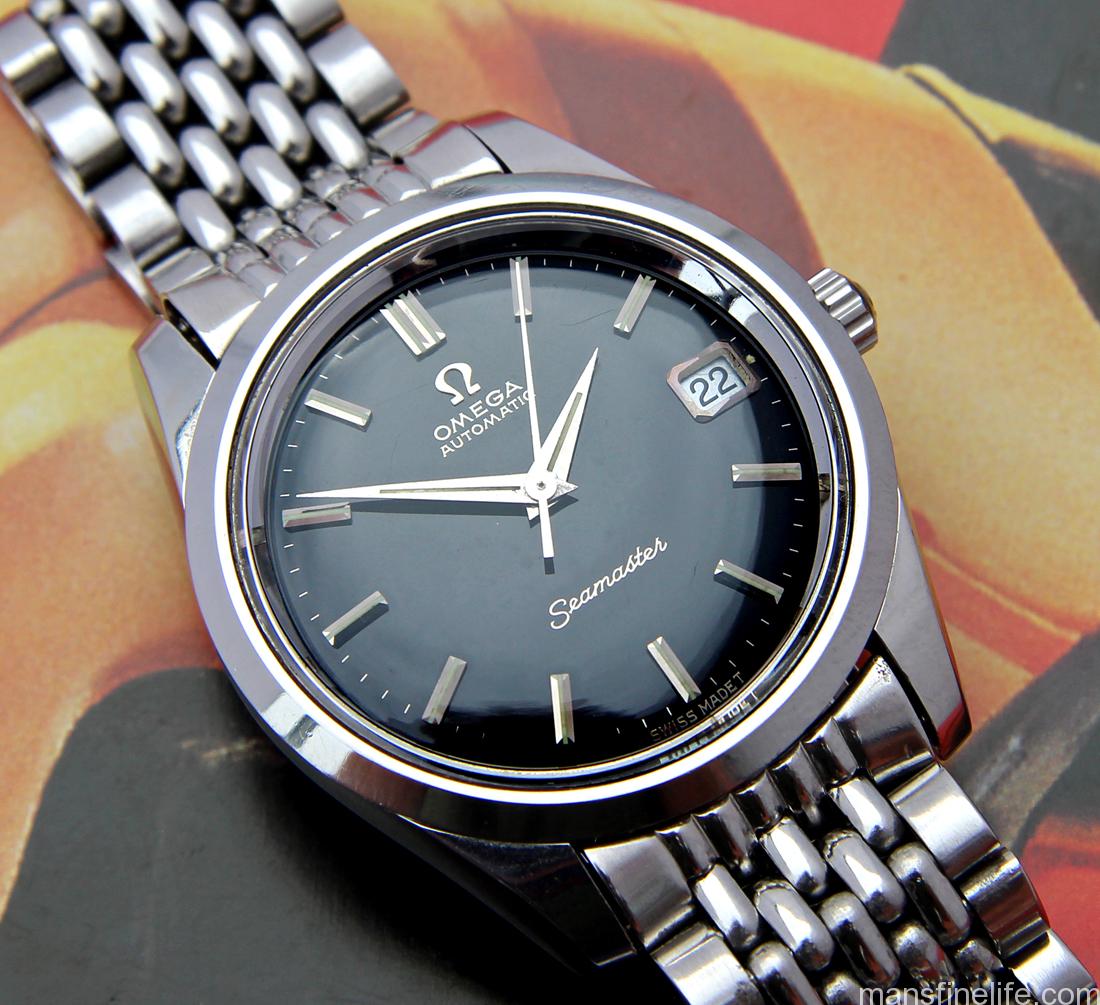
Dating from circa 1967-68 and powered by the redoubtable Omega in-house caliber 565 with quickest date via repeatedly pulling out the crown, this Seamaster is a well balanced and classic gent’s 35mm in diameter. It also comes on its period correct beads-of-rice bracelet, a nice bonus, as well as a hand made black leather strap for added versatility..
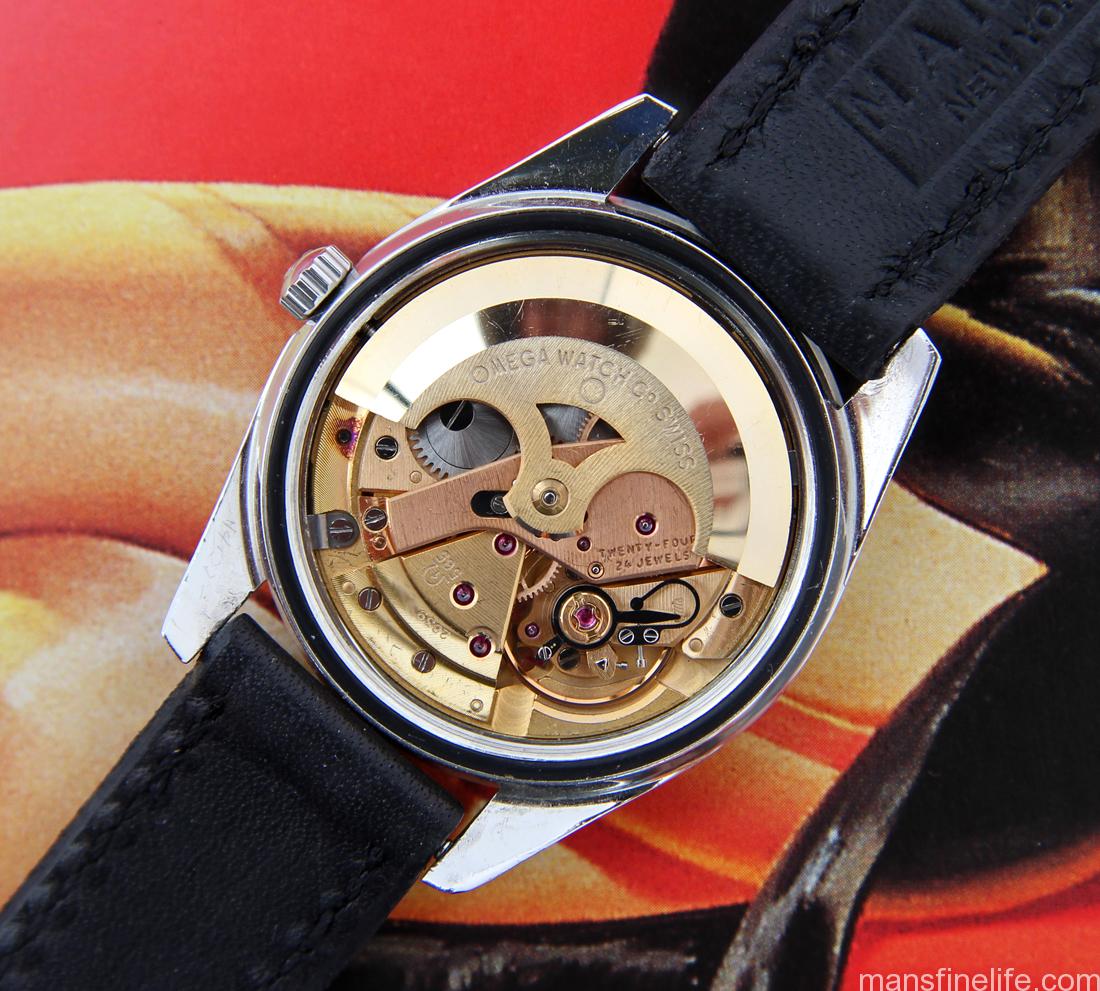
For some obscure reason — perhaps the enhanced luminous dial? — this model is referred to as a “Special” in Omega’s vintage database. It is also believed that this case and dial combo is likely one of Gerald Genta’s designs for the company. Looking at the beautiful proportions and ergonomics of this watch on the wrist one can easily see why. No doubt about it — Special is a term that truly fits this handsome devil.
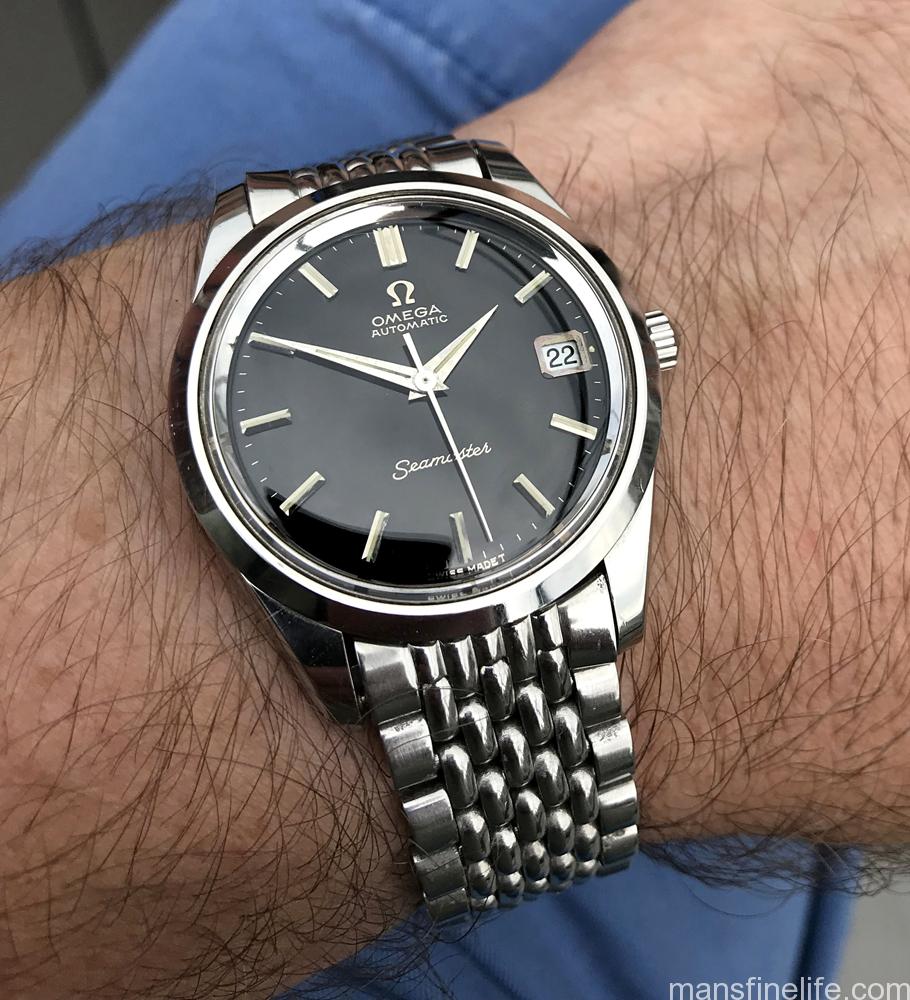
Although Omega made a lot of dress Seamasters during this era, a solid steel model rather than gold plated version represents great value for money in my opinion. When you throw in its eye-catching good looks and that magical deep black dial, this Seamster “Special” is one of the true bargains of the vintage watch world. Grab it while that’s still the case!

